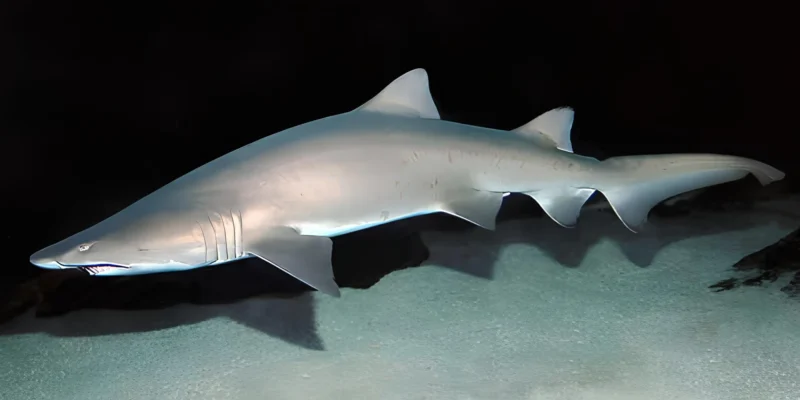Decades of conservation efforts are paying off: sand tiger sharks are increasingly being spotted again in Boston Harbor. Scientists report that the waters are now much cleaner than in the past and that more prey fish are settling – ideal conditions for the sharks to use the area as a nursery.
Young sharks in the focus of research
Researchers at the New England Aquarium catch juvenile sand tiger sharks to implant small transmitters. These send signals to buoys along the U.S. East Coast, allowing scientists to track the animals’ migrations. During the procedure, the sharks enter a kind of trance called tonic immobility, which makes the process easier. After the transmitters are inserted, the sharks are immediately released.
Sand tiger sharks can grow over three meters long, but in Massachusetts they only appear in summer as juveniles. They feed exclusively on fish and pose no danger to humans. Many visitors are not even aware that these animals are present in the harbor.
From decline to slow recovery
From the 1970s to the 1990s, populations collapsed by up to 90 percent due to fishing. Only with a fishing ban in the 1990s did a slow protection process begin. Today, the population is recovering by one to two percent per year – a small but significant step forward.
The return of the sharks is also linked to the improvement of water quality in Boston Harbor. Decades of environmental measures have made the habitat more attractive again, leading the sharks to return regularly. Some of the tagged animals migrated hundreds of miles down to Florida and then came back to exactly the same stretch of coast – an impressive demonstration of this species’ attachment to specific habitats.
Sand tiger sharks deserve more attention
While great white sharks often receive most of the public attention in New England, experts point out that other species such as the sand tiger also urgently need more research and protection. Their role in the ecosystem is crucial, yet much about their behavior and population trends remains unknown. The new transmitters, which can provide data for up to ten years, are intended to help close these knowledge gaps and develop better long-term conservation measures.




